Living in central Singapore, I don’t typically visit our coastal parks or beaches.
Perhaps on the short boat trip from Changi Village to Pulau Ubin, or crossing the boardwalk to Sentosa - but I’ve never quite paid attention to what goes on in Singapore’s waters.
Except for cargo ships, what else is out there at sea, really?
But clearly I was terribly wrong after a two-hour boat trip around Singapore’s waters (for this article, not for leisure).
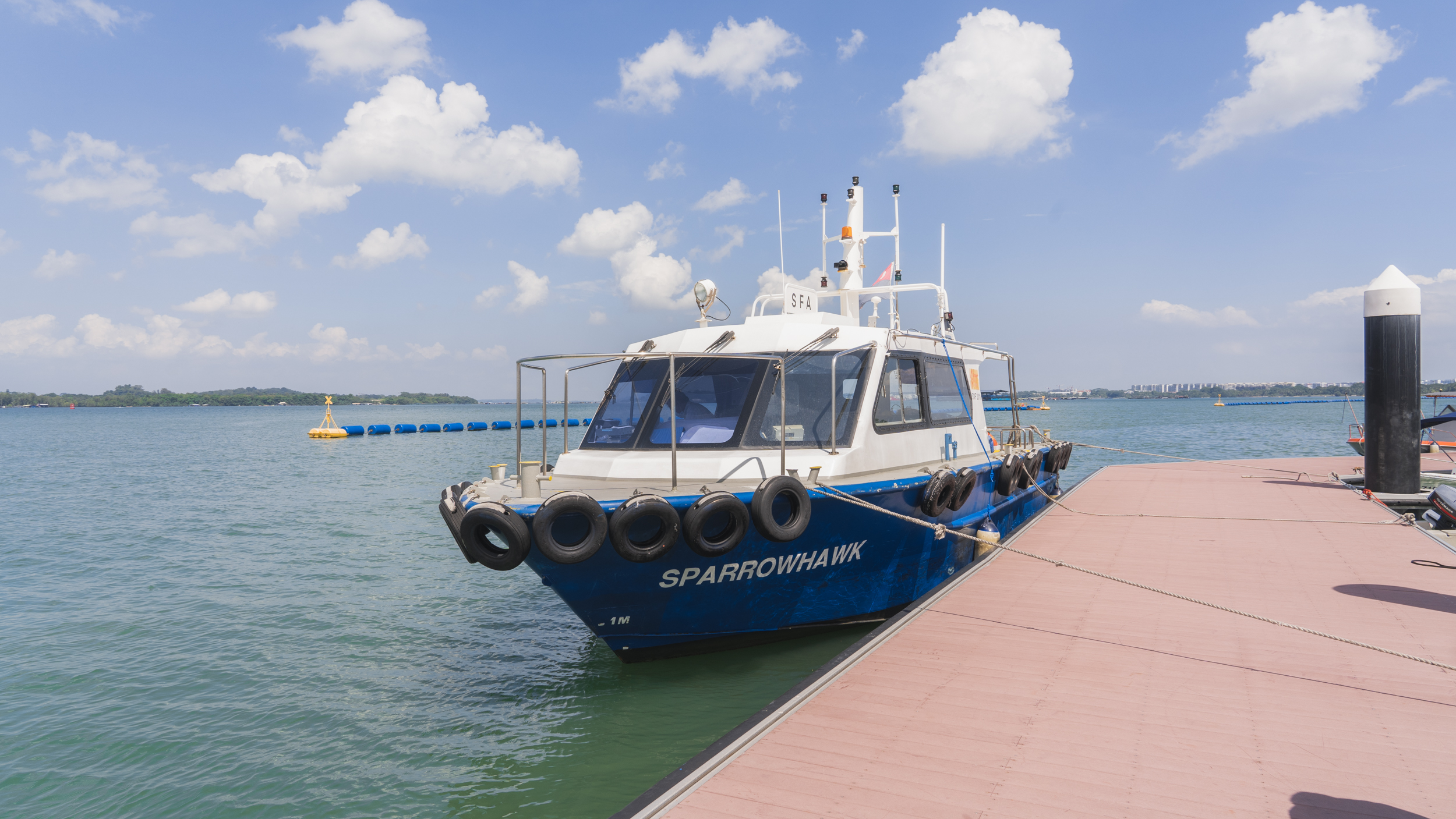
Prior to the trip, my impression of the Singapore sea was a sleepy and quiet one. While much of the view was of the placid waters, I was also pleasantly surprised by what there was to discover.
Sea-based farms
The one thing we saw the most were sea-based fish farms, specifically traditional fish farms built from wood, which used open-net cage systems.
Sea-based fish farms are the largest contributor to local fish production, contributing more than 80 per cent last year.
From a distance, many of them seemed slightly shabby and lonely, save for a few crows.
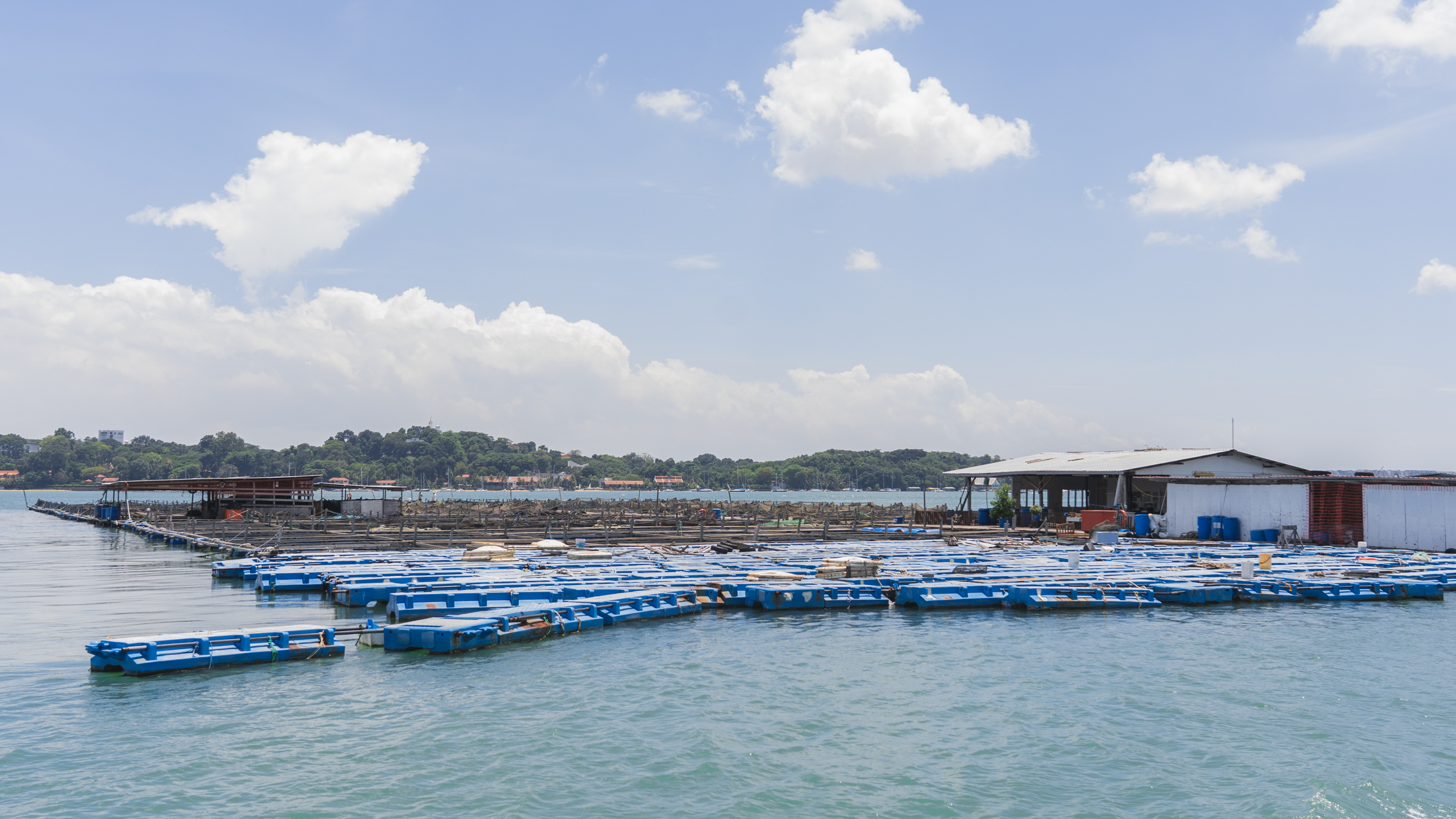
Though we hardly saw anyone, our boat captain shared that the fish farms are usually only manned and busy in the morning and evening.
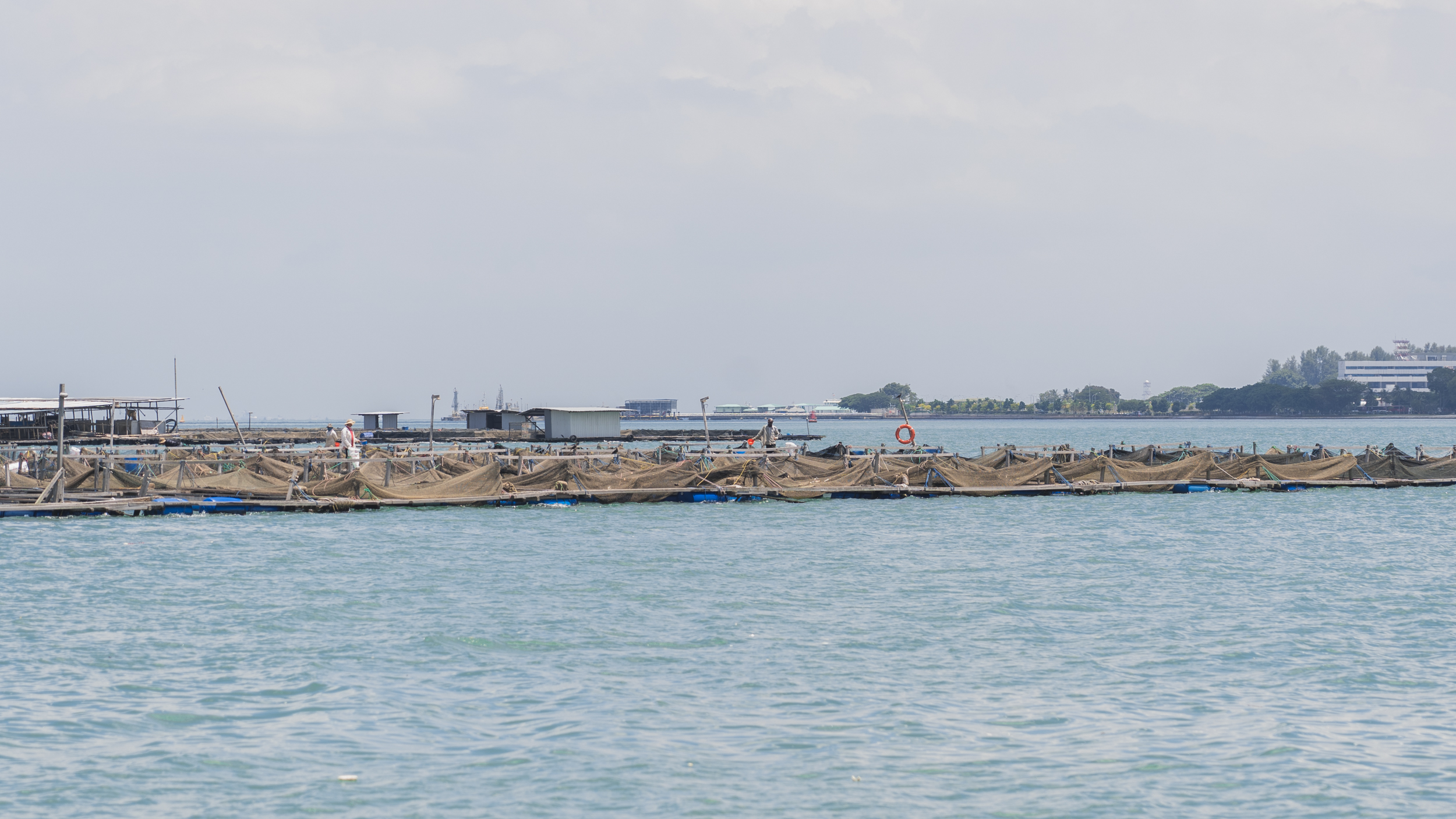
But some other fish farms looked almost homely, populated with beautiful green papaya and banana trees.
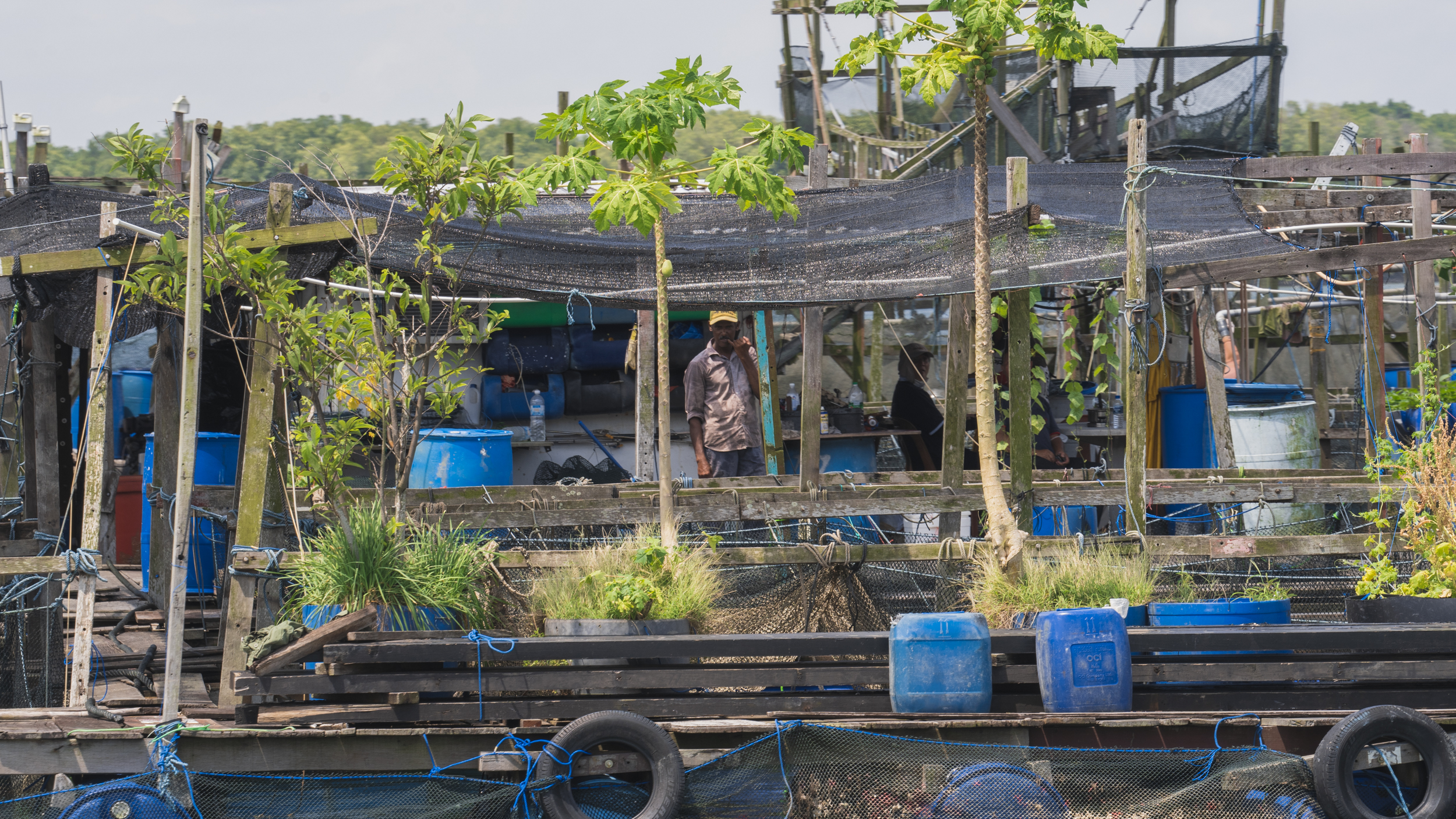
The loveliest surprise of all, in the vast open sea, was a wagging tail that bounced over to the edge of the farm to greet us.
Can you spot it?

In a place with barely any cellular reception, I imagine that they would make for great company, and we were lucky enough to have said hello to several of them.
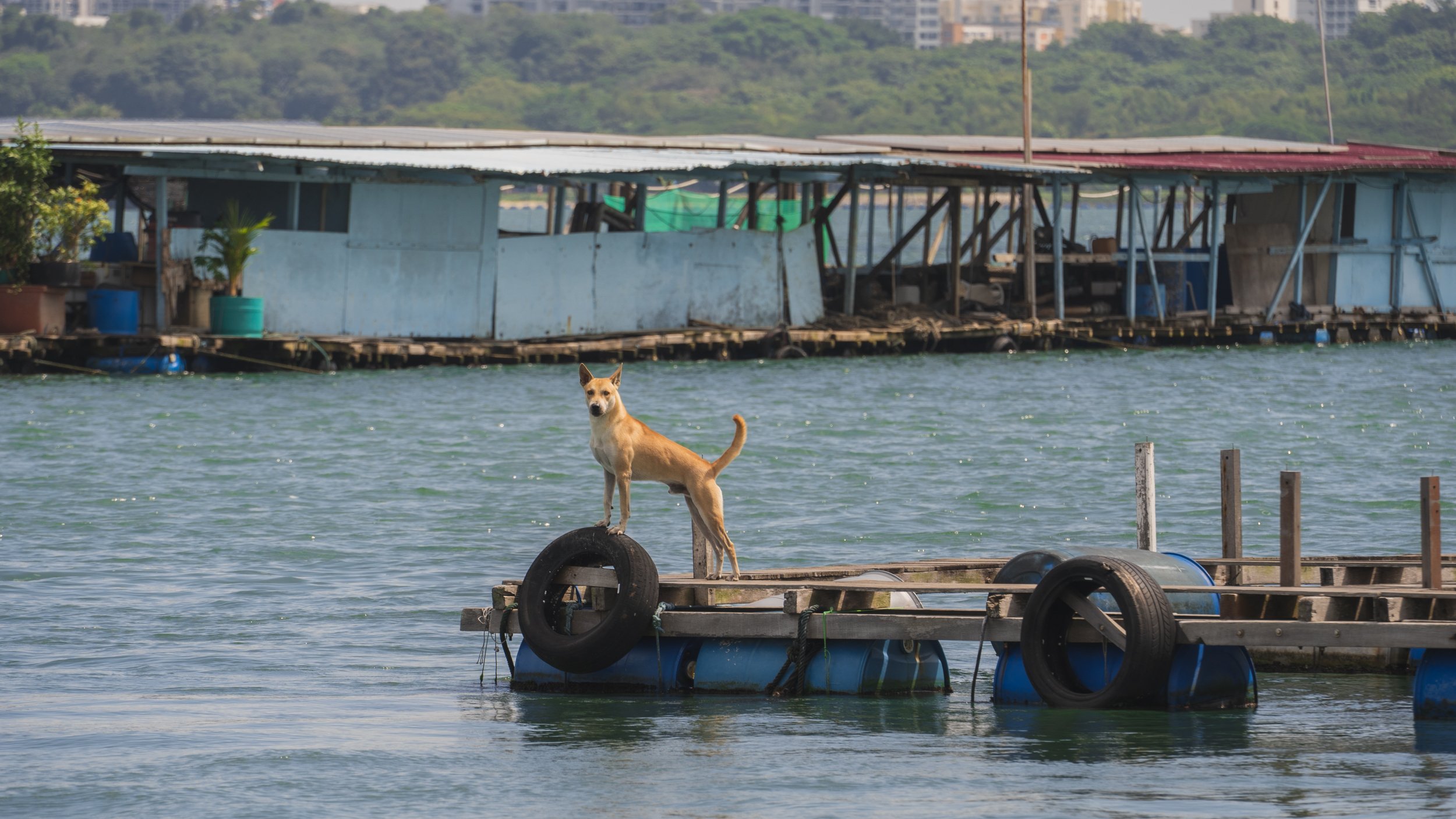
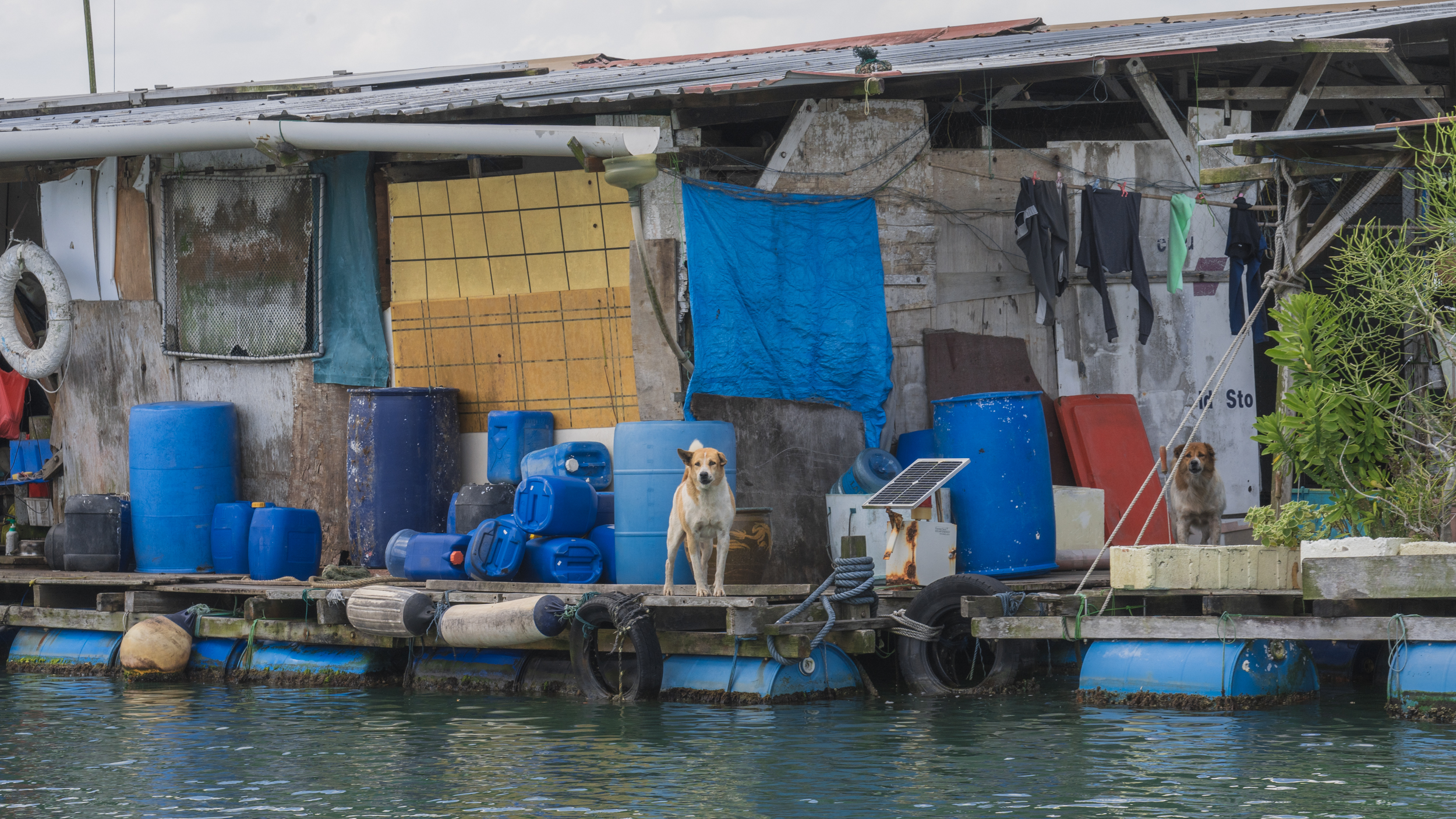
Looking at my GPS location on the map, I noticed that the boat was approaching… a restaurant?

That can’t be right, I thought - but sure enough, Smith Marine is an actual floating restaurant in the middle of the sea, where you can enjoy fresh fish straight from the farm.
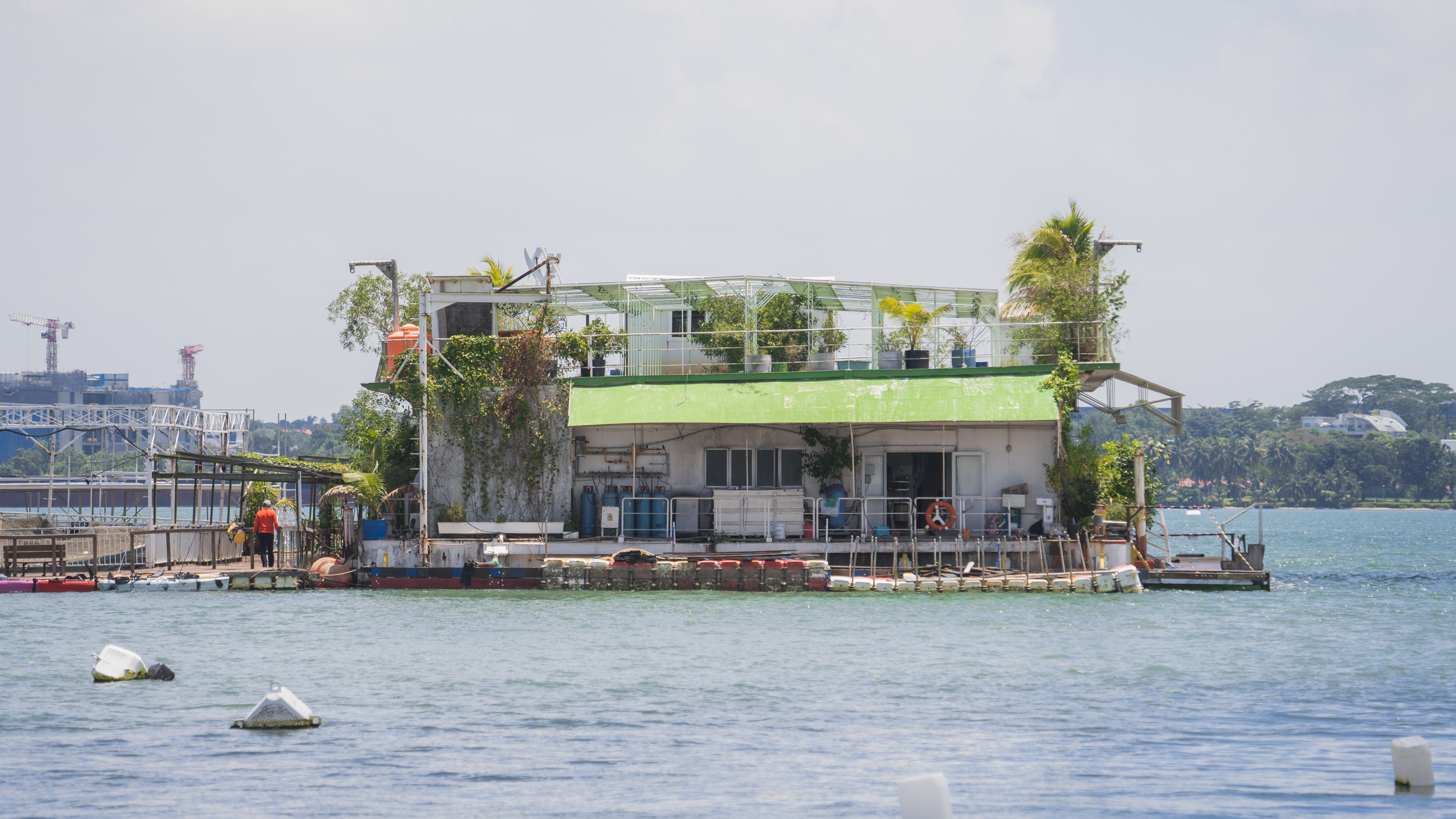
Just off the Pulau Ubin Jetty, we also passed by a huge floating facility, which I learnt was a high-tech fish farm known as Eco-Ark.
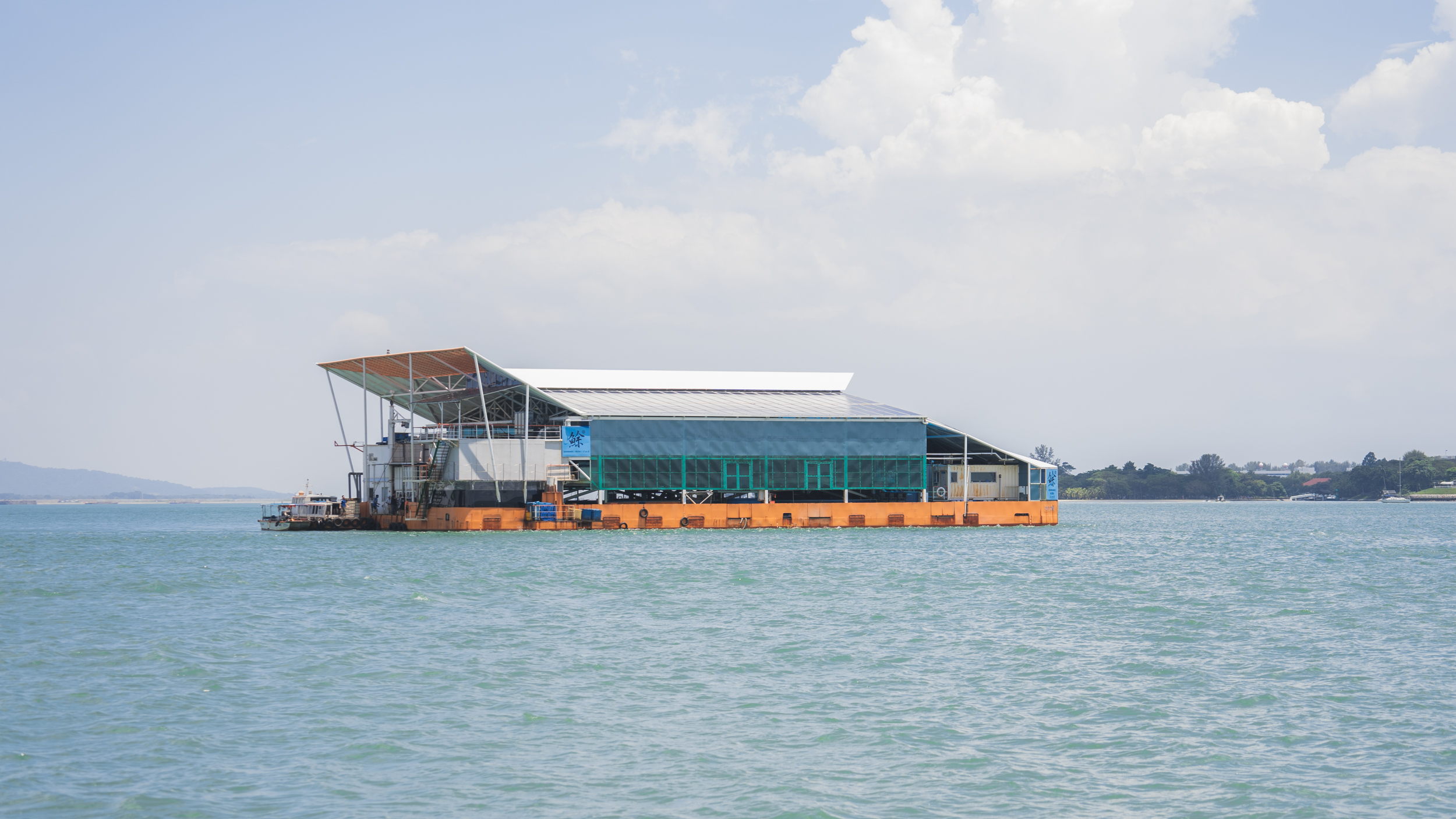
Developed by the Aquaculture Centre of Excellence (ACE), the farm is able to tap on solar energy by integrating solar panels with its roof structure.
Unlike traditional fish farms, Eco-Ark’s fish are farmed in a closed containment system. It provides a controlled environment and better water quality conditions for the fish to grow, making the fish farm more productive.
In addition, solid waste is removed before the water is discharged back into the sea, helping to mitigate the impact of aquaculture on the environment.
Recreational activities
Nearing Pulau Ubin, we waved to several kayakers coasting in the water, many of whom had brought their fishing rods along.
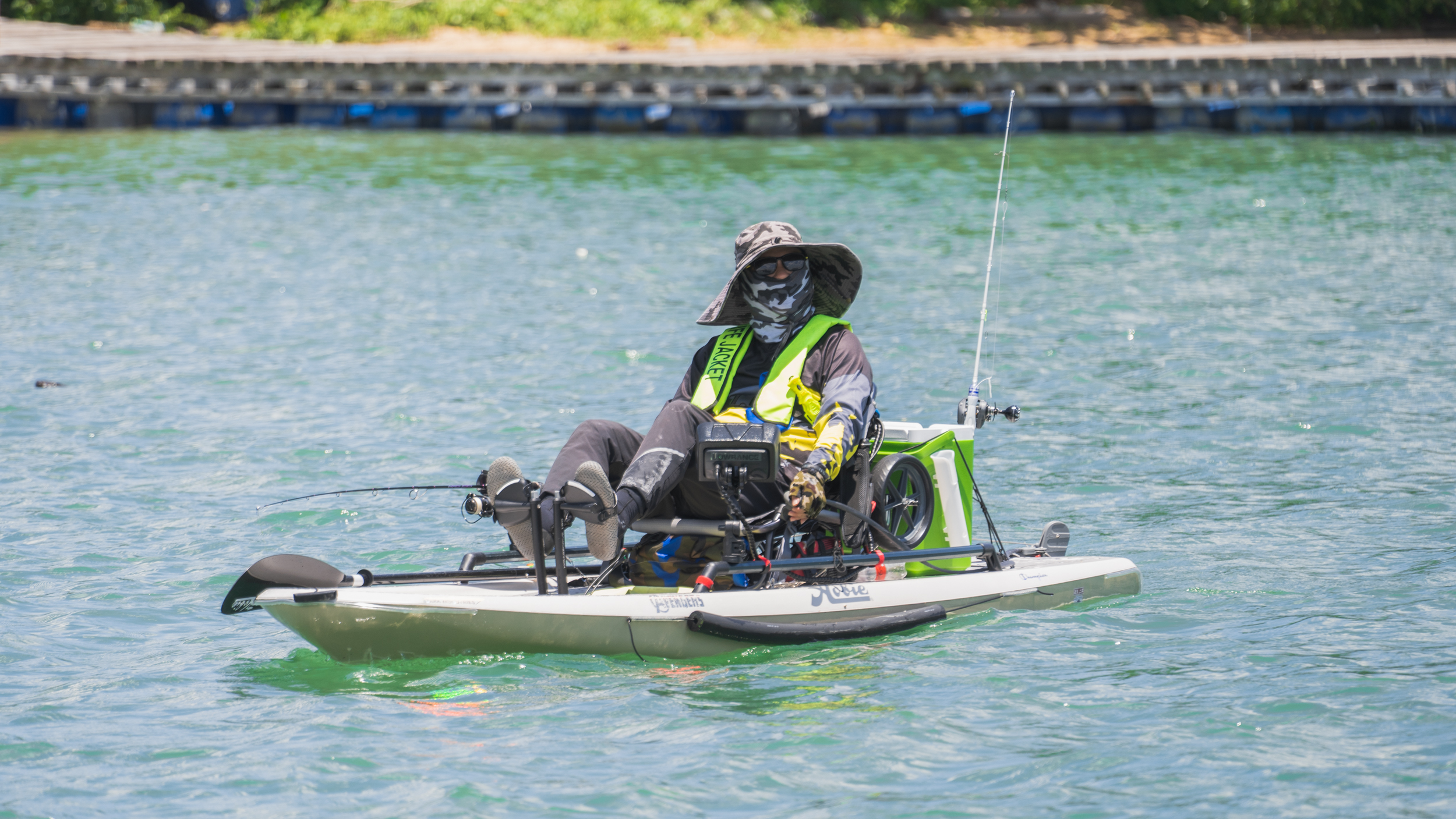
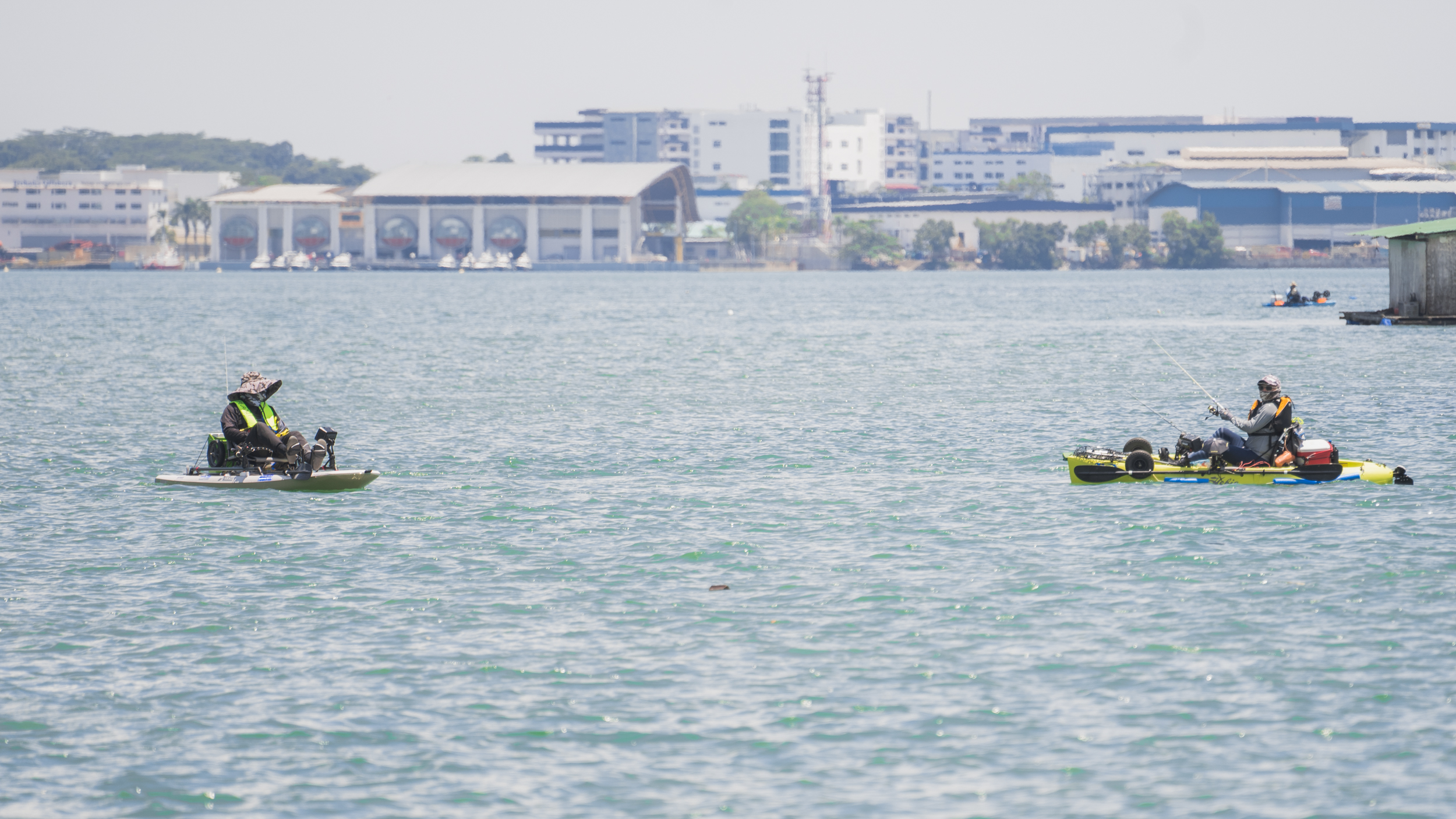
On the island, we also spotted pairs of casual picnickers enjoying the sea breeze on foldable camping chairs.
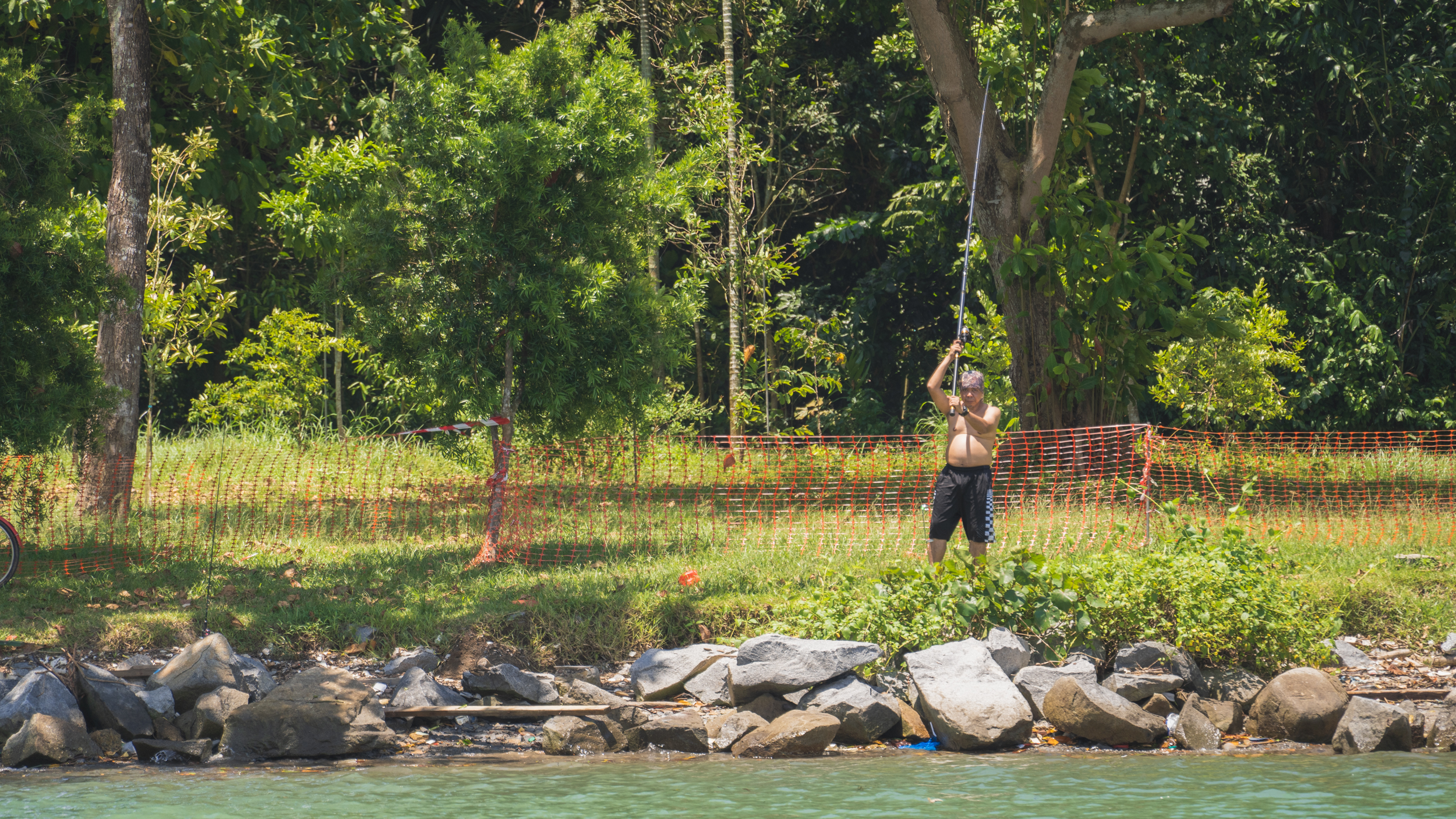
Surely, if not for the Covid restrictions, Pulau Ubin would see more people on a quiet getaway from the busy urban life on mainland Singapore.
Shipping Vessels
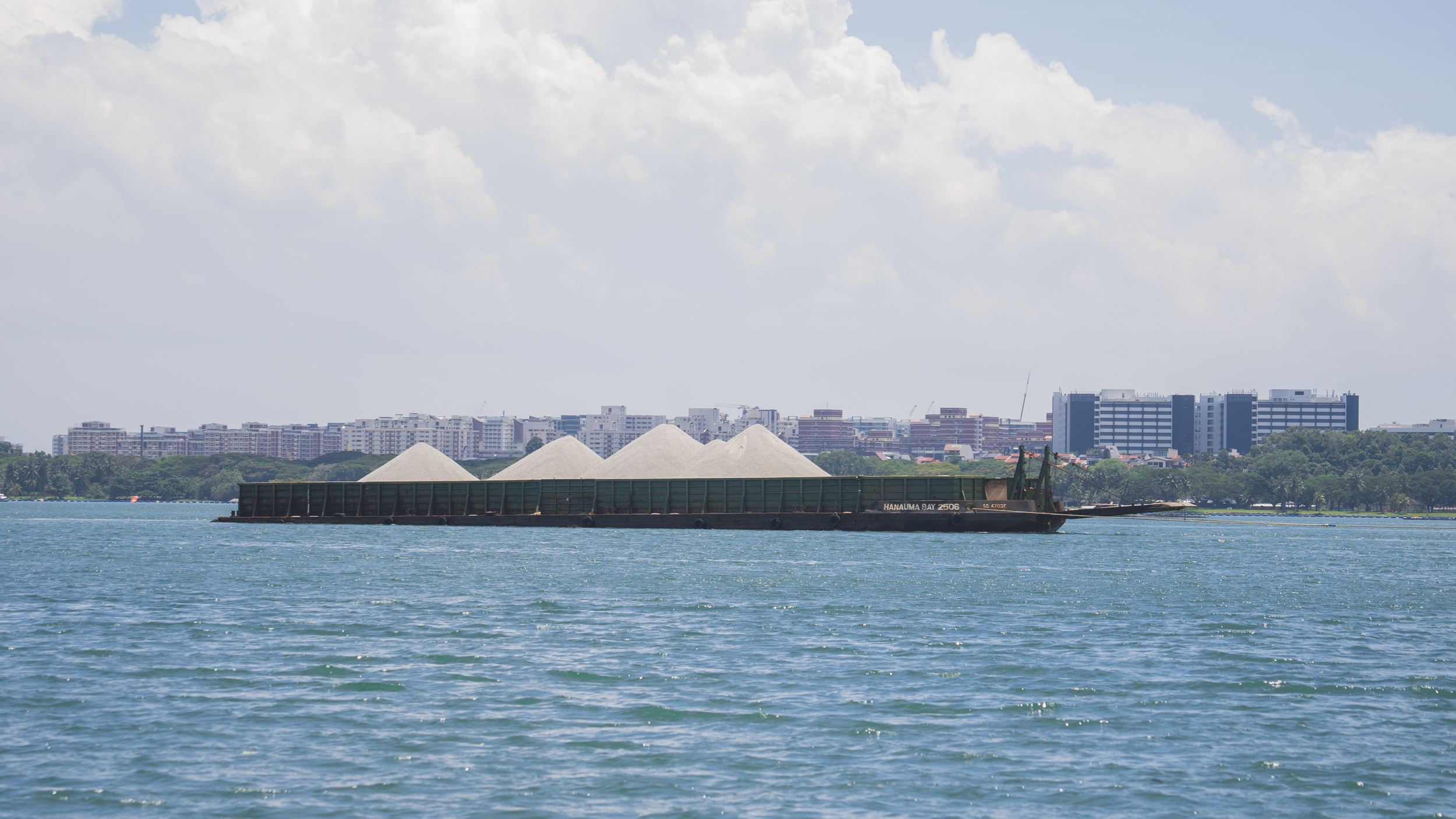
Not many may know that Singapore is the world’s busiest container transshipment hub and the top refuelling port for ships.
Oil tankers and cargo ships are massive and need space to safely maneuver around one another while maintaining a safe distance.
Solar farm
Our seas have also somehow made space for one more project - a floating solar farm that is one of the biggest in the world.
At our equatorial position, it makes a lot of sense to harness the relentless sun into renewable energy.
The solar farm is located in the Straits of Johor off Woodlands, and transmits the generated power to the national grid.
Wildlife
On the boat ride, I found myself bird watching: soaring above us were white-bellied sea eagles, and swifts were swooping for insects near the traditional fish farms’ wooden structure.
On one wooden structure, we spotted a long row of marine birds casually hanging out.
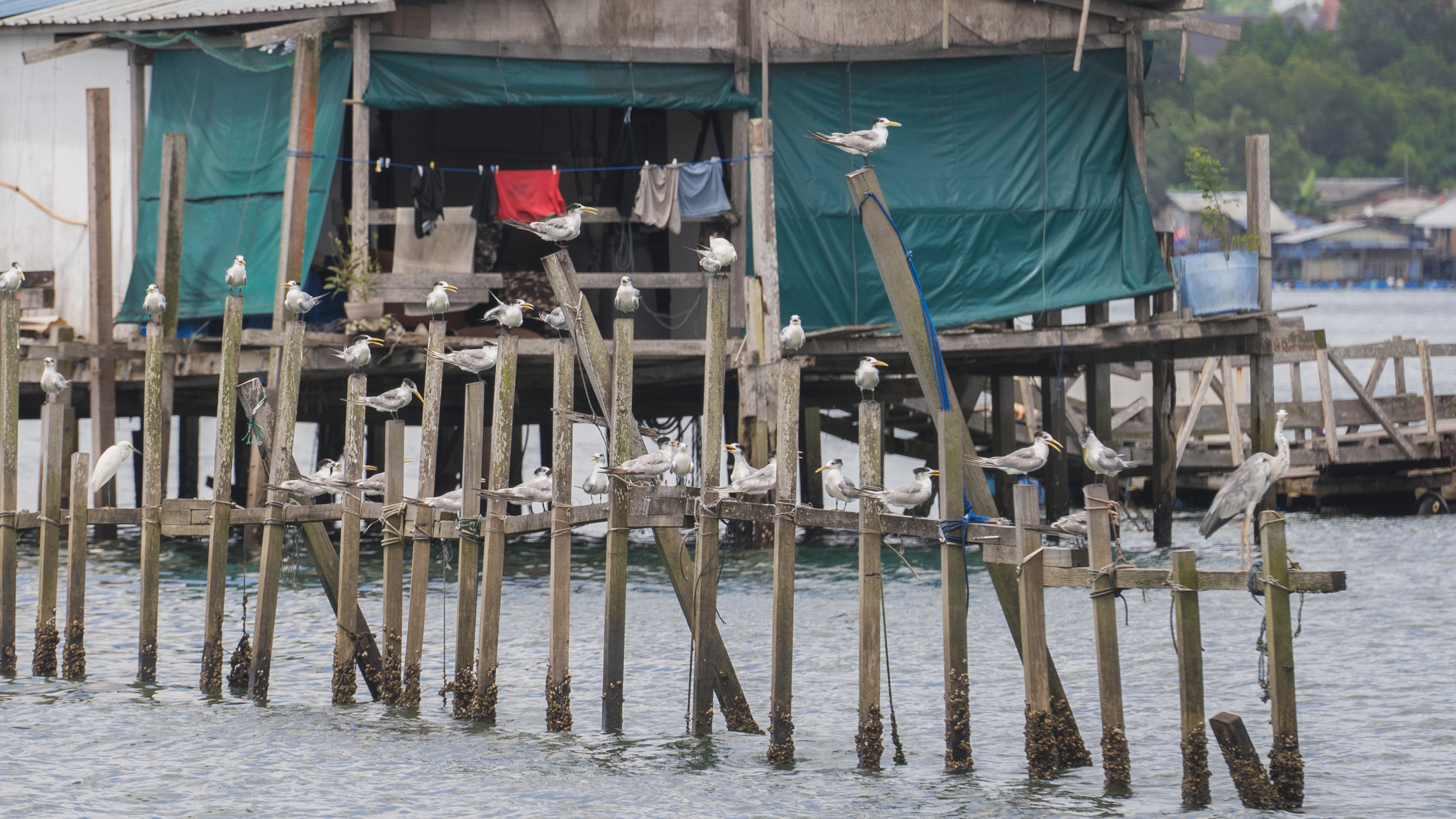 Wooden structures also make for good perches.
Wooden structures also make for good perches.
These are Greater Crested Terns, uncommon migrants to Singapore.
They are also accompanied by a white Little Egret at the back and a Grey Heron at the front, which are usually seen in Chek Jawa.
Though not directly visible to us, the sea itself is also teeming with life. Our Singapore waters are home to key habitats like coral reefs and seagrass meadows, and critically endangered animals like dugongs.
Many uses to the sea
In a short two-hour boat trip to nowhere, I realised that Singapore’s waters have a much longer list of uses than I expected.
From energy, wildlife, shipping, farming, to recreation -- a delicate balance needs to be struck between them.
And because we have limited sea space, it would require careful management and planning.
For each user to fully enjoy what the sea has to offer, their use will need to be allocated and budgeted as efficiently as possible.
For farmers, whose livelihoods depend on the sea’s conditions, it would be beneficial for them to adopt technology and advanced farming systems to be more resilient against the external environment, and be productive and sustainable.
SFA will continue to support our farms through various ways, including co-funding through the Agri-Food Cluster Transformation (ACT) Fund.
The ACT Fund supports local farms in their efforts to expand their production capability and capacity, enhance their resilience against the impact of climate change and make sustainable and efficient use of resources.
All photos by Andrew Koay.
This sponsored article by SFA made this writer want to meet farm doggos again.
If you like what you read, follow us on Facebook, Instagram, Twitter and Telegram to get the latest updates.
